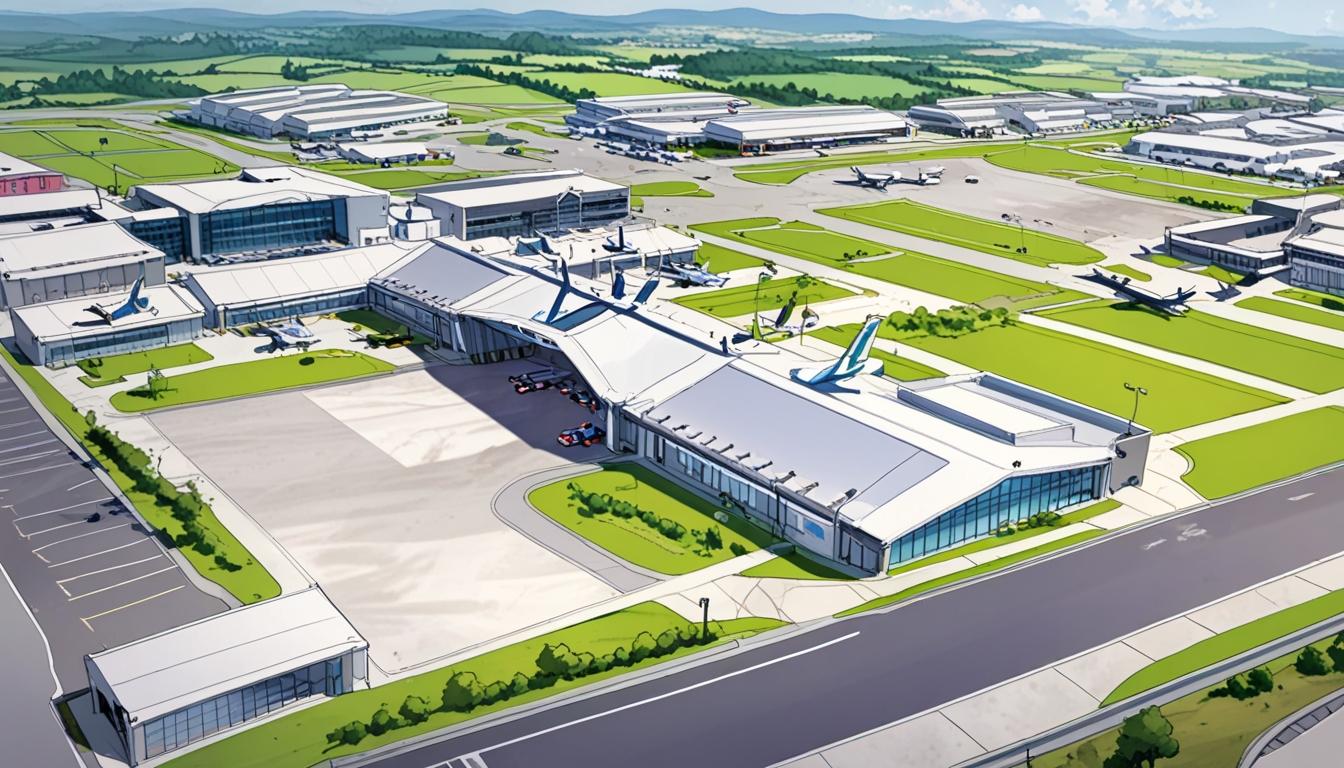Stormont has taken over responsibility for City of Derry Airport until 2029, relieving Derry and Strabane council of the annual £3 million subsidy required to keep the facility operational. The announcement was made last week by Sinn Féin’s economy minister, Caoimhe Archibald, sparking debate over the airport’s viability and the wider implications for regional transport and economic development.
A former senior civil servant at the Department for the Economy described the decision as “a purely political decision designed to assist Sinn Féin win both the Foyle and East Londonderry parliamentary constituencies at the next general election,” adding, “City of Derry Airport is not remotely commercially viable, a position that I venture will be no different in four years’ time.” Sinn Féin, while supportive of Stormont’s new role, has not promised that the airport will become profitable, a stance similarly held by the Social Democratic and Labour Party (SDLP). Both parties emphasise regional benefits and the role of governmental subsidies in maintaining essential air routes.
Funding for key regional flights continues to be supported through public service obligation (PSO) subsidies, with the Derry to London route secured for an additional two years with £4.6 million allocated. Separately, the Irish government has recently pledged to reinstate the PSO route to Dublin, last operational in 2011, signalling ongoing cross-border transport cooperation.
The Green Party has criticised the decision to continue supporting City of Derry Airport, labelling it a “failed” and “polluting” facility and advocating for investment in greener transport alternatives, particularly electric rail infrastructure. However, the airport’s future may be influenced by advancing technology. Newton Emerson, writing for The Irish News, highlights the potential for electric aircraft, which are in advanced development stages internationally and align with ambitious net-zero emissions targets set by the UK (2040), several European countries (2030), and the global aviation industry (2050).
Electric aircraft, often ideal for short, low-volume routes similar to the 120-mile journey from Derry to Dublin, could revolutionise small regional airports like City of Derry. Emerson remarks: “I have seen no mention of this in any political or official debate. Many people seem to consider it a science fiction fantasy.” He suggests the airport could play a pivotal role in pioneering electric aviation technologies, potentially becoming one of the first airports equipped to recharge or refuel zero-emission aircraft.
Regarding rail infrastructure, Emerson critiques the 2024 All-Island Strategic Rail Review jointly adopted by Stormont and the Irish government, which proposes expensive new high-speed rail lines to Derry, including routes through Portadown. He argues that, given population densities on the island, such projects are “precisely no chance of being delivered.” Instead, he believes small electric aircraft servicing short routes may provide the capacity and speed required for travel between Derry, Dublin, Belfast and Cork, with the advantage of smaller, more accessible airports.
Furthermore, Stormont's industrial strategy, as outlined by Sinn Féin's economy department, could leverage local expertise in aerospace, composites, and hydrogen fuel-cell technology to support indigenous and inward investment in developing electric aircraft. Northern Ireland’s aerospace and marine engineering industries have a record of innovation, exemplified by projects such as the UK Government-supported composite electric hydrofoil ferry developed by Artemis Technologies in Belfast.
Emerson suggests Stormont could position City of Derry Airport as a test bed and hub for electric aircraft innovation, paralleling Belfast Harbour’s plans to provide green electricity to docked cruise liners — a complex technical feat. While acknowledging the political appeal of all-Ireland projects like the rail review, he observes that Air Derry-Dublin route development offers a similarly cooperative cross-border dimension.
Despite these prospects, Emerson concludes with scepticism about the likelihood of Stormont capitalising on these opportunities in the near term, though he views the airport’s future as not fixed in a negative trajectory. He writes, “at least Derry’s airport is not certain to be a millstone forever.”
This development marks a significant moment for regional transport policy in Northern Ireland, with ongoing debate about economic viability, environmental impact, technological innovation and political strategy shaping the future of City of Derry Airport.
Source: Noah Wire Services
